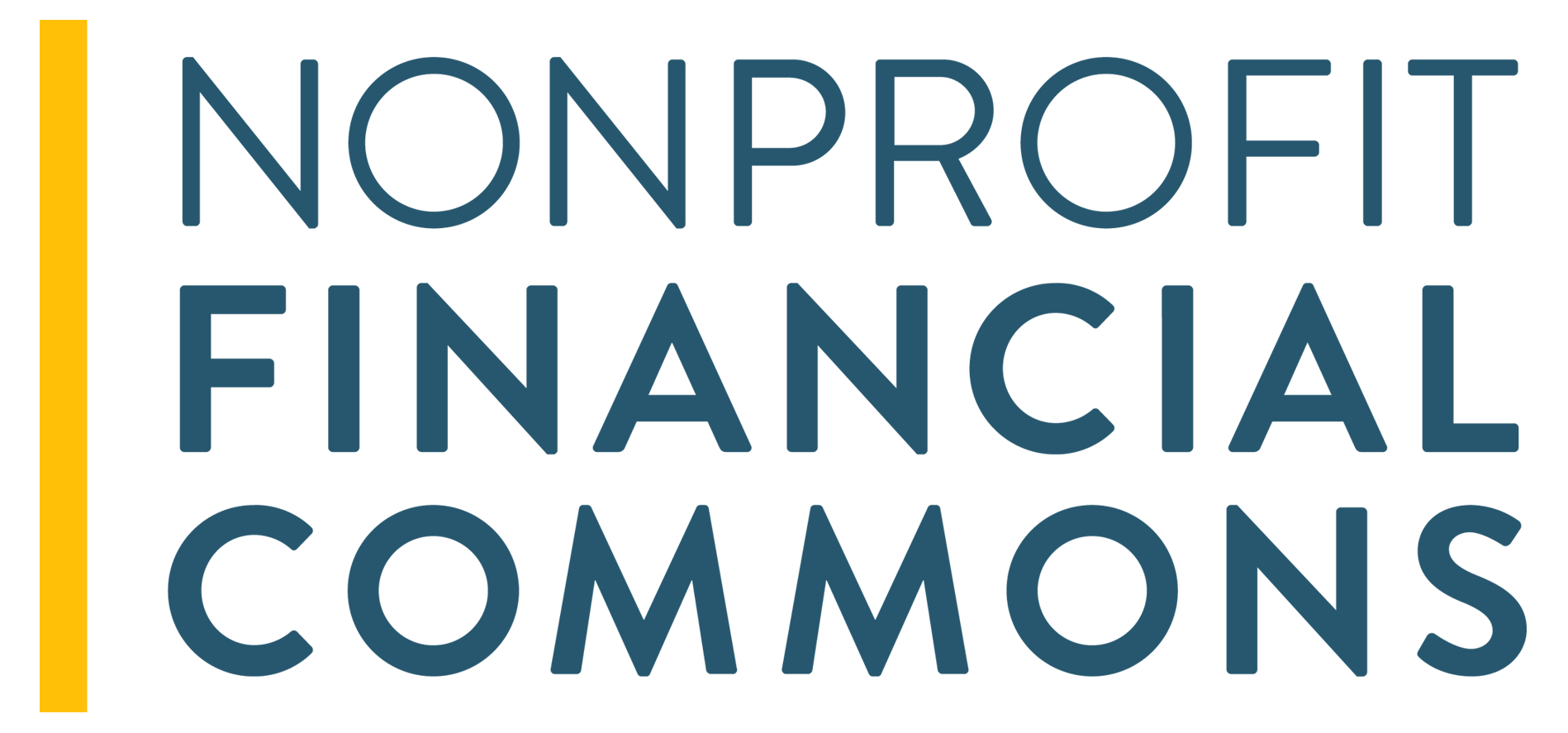Nonprofits and Debt Capital: Embrace the Strategic Use of Borrowing Webinar Recording and Resources List

Click to watch on-demand webinar recording
Click to view and download webinar slides
Resource Library: Tools and Articles
Primers and Glossaries on Sources and Uses of Debt
Loans: A Guide to Borrowing for Nonprofit Organizations
This short guide is designed to help nonprofits understand loans, uses for loans, and when loans make the most sense as a form of capital. (Propel Nonprofits, © 2023)
The ABCs of Borrowing Money: 30 Debt-Related Terms Every Nonprofit Leader Needs to Know
An list of useful terms related to borrowing that every nonprofit financial leader should understand. Keep this one for reference. (IFF, © 2023)
Capital projects are relatively rare in the lifecycle of most nonprofits. When the need for a new facility arises, it’s often the first time even seasoned nonprofit leaders have had to confront such a project. One of the foundational challenges is gaining an understanding of what facility projects entail, which requires a basic grasp of the vocabulary of real estate and construction. (IFF, © 2023)
How PRIs Work: A Basic Primer for Nonprofits
Program-Related Investments (PRIs) are loans made from foundation grantmaking budgets. It’s important to understand how they have been used and by whom. This article can help your organization assess whether this tool is right for you. It also defines Mission-Related Investments (MRIs) and Socially Responsible Investments (SRIs). For more on the subject, see “Sometimes a Lender or Borrower Be,” linked below. (Cass Harvey and Mike Roque, Nonprofit Quarterly, © 2021)
Tools
Organizations gauging their need for a line of credit should start with a cash flow projection. This tool from Propel Nonprofits guides you as you measure what cash you may need and when—and how—you will be able to repay and refresh it.
Consider the Terms
Sometimes a Lender or a Borrower Be: The Dos and Don’ts of PRIs
The rules of the road when considering PRIs, drawn from deeply informed experience. (Peter Goldberg and John MacIntosh, Nonprofit Quarterly, © 2021)
Selected Background Reading
The Cultural Context
Proverbs of Nonprofit Financial Management
On “norms,” beliefs, and the self-limiting story about nonprofit borrowing. A guide to understanding unwarranted resistance to debt capital. (George E. Mitchell and Thad D. Calabrese, American Review of Public Administration, 2019, Vol. 49(6) 649–661, © 2018. DOI: 10.1177/0275074018770458.)
Racism in Lending, As Evidenced by PPP
Discrimination in Lending? Evidence in the Paycheck Protection Program
The Paycheck Protection Program, available to nonprofits and for-profits alike, provided yet another window into the discriminatory practices and patterns of many lenders. (Rachel Atkins, Lisa Cook, and Robert Seamans. Discrimination in lending? Evidence from the Paycheck Protection Program. Small Bus Econ 58, 843–865 (2022). https://doi.org/10.1007/s11187-021-00533-1)
A supplement to the above that names lender types for PPP loans where giving was less inequitable:
Which lenders had the highest minority share among their Payment Protection Program (PPP) loans?
Overall, we find that, relative to other lenders, MDIs, nonprofits, and fintech lenders make a substantially larger share of their loans to minority borrowers, particularly Black- and Hispanic-owned businesses. While nonprofits made a high share of their loans to minorities, they made a very small number of total PPP loans (13,000). Fintech lenders, therefore, appear to have played an important role in extending PPP loans to Black- and Hispanic-owned businesses.

